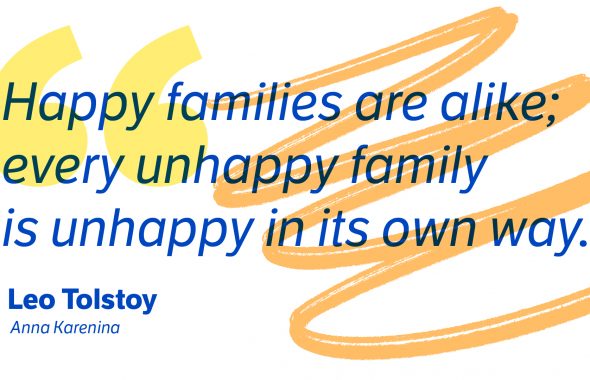A lot of questions come to mind when ordering coffee. Will the barista spell your name right on the cup? What size should you get? And what do venti, trenta, and those other sizes actually mean at Starbucks?
What do grande, venti, and trenta mean at Starbucks?
First of all, here are the size options traditionally offered at Starbucks: tall (12 ounces), grande (16 ounces), venti (24 ounces), and trenta (31 ounces).
Let’s briefly address tall. This designation by the coffee company is considered by many to be a classic instance of corporate language manipulation. Tall rhymes with small but means something close to the opposite. The result arguably encourages a consumer to think a little less about the size of his or her beverage as well as the size of the bill.
Interestingly, the tall was not always the smallest drink size—and customers who requested ever-larger drinks may be partially responsible for its name.
Starbucks founder Howard Schultz traveled to Italy for the first time in 1983 and fell in love with the “the romance and theater of coffee,” according to the Starbucks website. (The first Starbucks in Italy opened in Milan in 2018.)
At his first coffeehouse, Il Giornale, Schultz offered three sizes: short (8 ounces), tall, and grande. When venti came along (to meet popular demand), Schultz dropped the short so as not to crowd the menu boards.
As for the literal meanings of the size names? Grande is Italian for “large.” Venti means “twenty,” and trenta means “thirty.” Why isn’t the 16-ounce size called sedici (Italian for “sixteen”) instead? Perhaps because grande conjures associations with the English grand. Why not follow this logic and apply names that are evocative of English terms to the remaining two sizes? The less-familiar venti and trenta may help consumers forget the cost—or calorie count—of what they are about to drink.
WATCH: What Are The Most Fun-to-say Words In Different Languages?
Want to learn more about the lexicon of your morning cup of joe? Unlock the poetic mystery of the origin of the word coffee here.
And while you sip your grande latte, nab yourself a snack and take a bite out of this article, “Macaroon” vs. “Macaron”: What’s The Difference Between These Sweet Treats?















